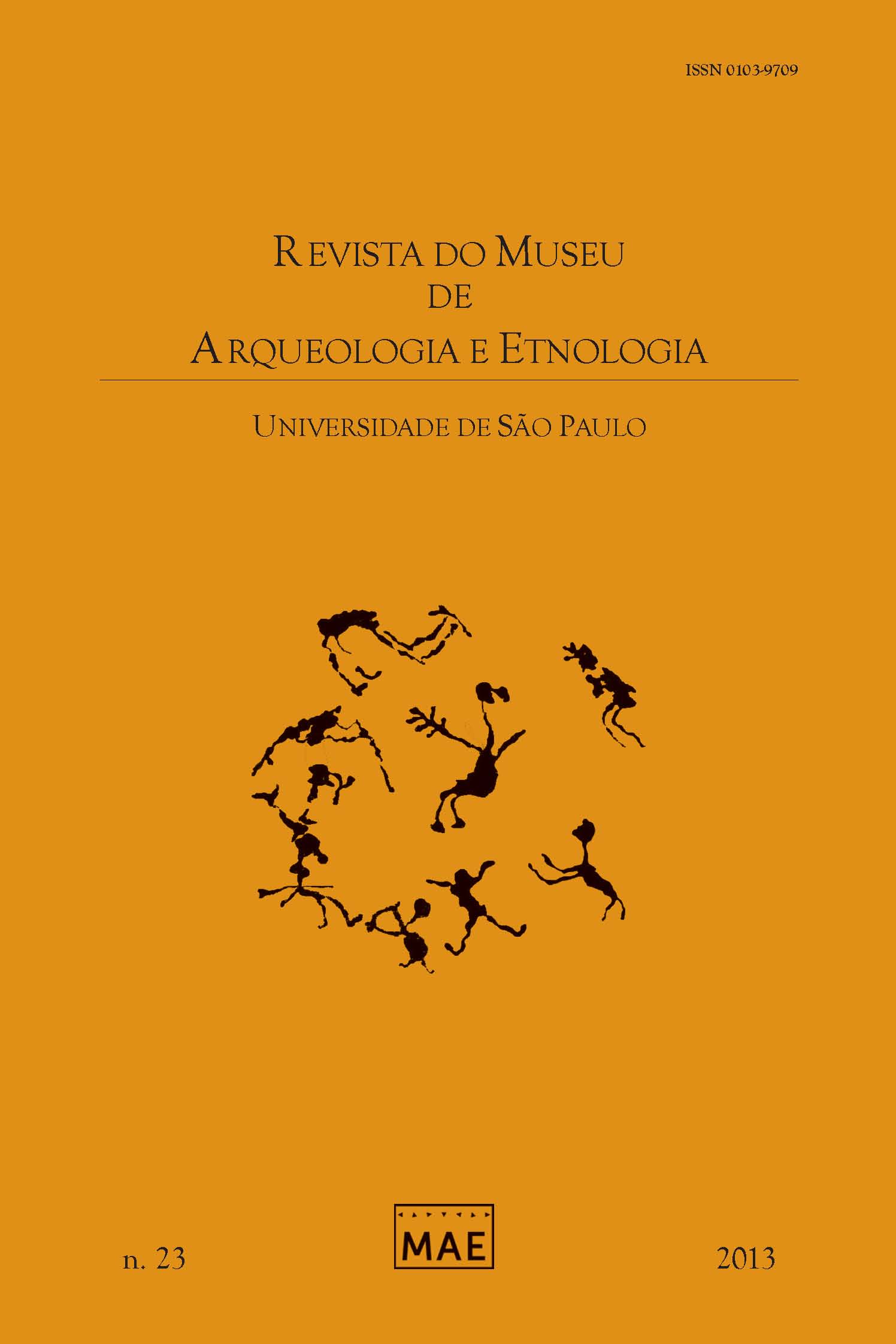Children, apprentices, incongruities or disabilities: The knapping accidents from the Central Brazil lithic industries (example of the northern state of Minas Gerais)
DOI:
https://doi.org/10.11606/issn.2448-1750.revmae.2013.106794Keywords:
Lithic technology, Children, Savoir-faire, Central BrazilAbstract
This paper presents the knapping accidents found at the stone collections characteristics from Central Brazil. They’re related to the raw material quality, to the lack of expertise at the application of the knapping techniques, and even to the presence of knappers apprentices among the most competent ones. The production of tools corresponds to a mental image, which is related to the cultural context and it’s made through the succession of rapid movements, non controlled by the vision. They should be, thus programmed and it demands a long apprenticeship before they can be assimilated and realized unconsciously. This study is based on lithic collections analyzed by the concepts by authors from the French School. Based on the data, we propose e reflection about the knapping’s place in those societies.
Downloads
Downloads
Published
Issue
Section
License
Copyright (c) 2013 Maria Jacqueline Rodet, Déborah Duarte-Talim

This work is licensed under a Creative Commons Attribution-NonCommercial-NoDerivatives 4.0 International License.













